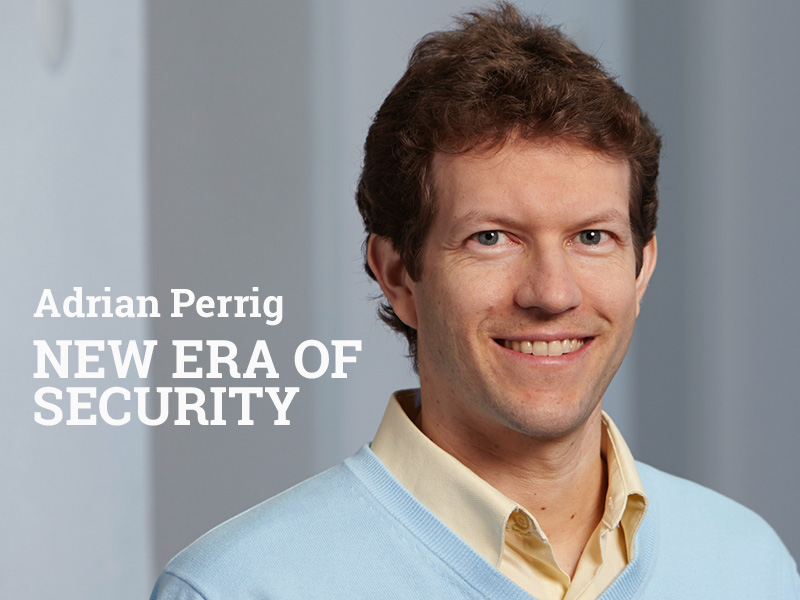
“The Border Gateway Protocol (BGP) is more than 20 years old. BGPsec doesn’t make it much more secure. What we need is ‘SCiON‘“, Adrian Perrig, Professor at the Department of Computer Science at ETH Zurich says. There, he leads the network security group with who he is working on the technology which is a breakthrough development which stands for “Scability, Control and Isolation on Next Generation Networks“.
SCiON is expected to result in nothing less than an immensely increased security quality of the Internet.
Secure state-of-the-art interdomain routing, quality of service (QoS), distributed denial-of-service (DDoS) defenses, secure public key infrastructure (PKI), and unprecedented levels of Internet availability are no longer dreams of the future. This is possible due to the network technology SCiON, which stands for “Scability, Control and Isolation on Next Generation Networks“. The breakthrough technology was developed by two of the most prestigious universities in the world, Carnegie-Mellon University in Pittsburgh, USA, and ETH Zurich, Switzerland, and is now being further developed by Prof. Dr. Adrian Perrig and his team from ETH Zurich.
On the trail of Adrian Perrig, who will join next CIOmove in Switzerland
But, who is Adrian Perrig, who played such a major role in the development of this innovative technology, is now working on its further development and will be our guest at the next CIOmove?
Today, Perrig holds a professorship at the Department of Computer Science at ETH Zurich which he took up in 2012. However, as someone who was born in 1972, Perrig also covered some ground in the academic world before that. After earning his Master and PhD degrees in Computer Science from Carnegie-Mellon University, he worked as the technical director for Carnegie-Mellon’s Cybersecurity Laboratory, took up a professorship of Electrical and Computer Engineering, Engineering and Public Policy, and Computer Science (courtesy) at Carnegie-Mellon University, became full professor in 2009 and finally, began his professorship at ETH Zurich. Besides, he won several awards and fellowships for his outstanding research and teaching.
According to his own statements, Perrig began to deal intensively with IT security in the 1990s. This also led to the fact that the focus of his PhD was already on the topic of IT security. His decades of research experience as well as profound knowledge of IT security prepared the ground for a successful implementation of SCiON under his leadership.
SCiON replaces BGP and BGPsec
Together with Prof. Virgil Gligor from Carnegie-Mellon University, Perrig has published a paper with the latest insights on the pioneering technology. SCiON replaces outdated systems such as BGP and BGPsec, which are still gaining acceptance and thus blocking innovation. As a result, these have been repaired again and again, although those are not able to protect the large amount of environments. Unlike older systems, SCiON is also the first Internet-only architecture to enable route control, fault isolation, and expicit trust information for end-to-end communications.
A research project with a big risk
That today’s BGP inter-domain Internet routing could one day be replaced was considered impossible for a long time. “The BGP protocol is so widely used that it seems impossible to innovate or to change anything in this area,” Prof. Dr. Perrig states. He goes on to say, “There has never been a research project that has been deployed in productive networks in this area. Our project therefore took a big risk.” According to the Professor, people put a lot of effort in the construction as well as the maintenance of the current networks, so that there is a big resistance to change.
Prof. Dr. Perrig at CIOmove 2022
Prof. Dr. Perrig will report at CIOmove 2022 how he is dealing with this resistance and will hold a presentation of latest security research. The next move starts on July 14 and lasts until July 17. We are looking forward to discussing Prof. Dr. Perrig’s solution for the Internet of the Future with him at CIOmove in Switzerland in July. For more information click here.